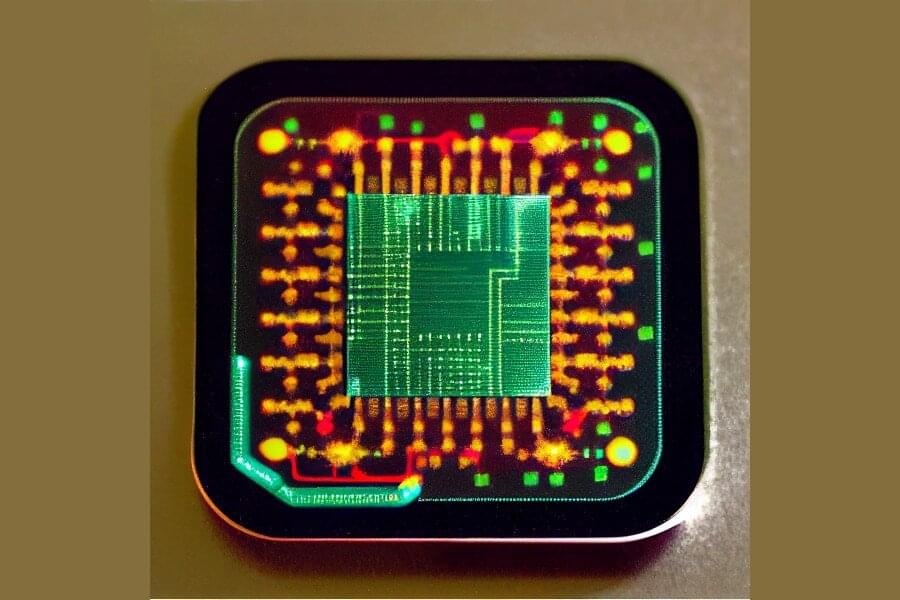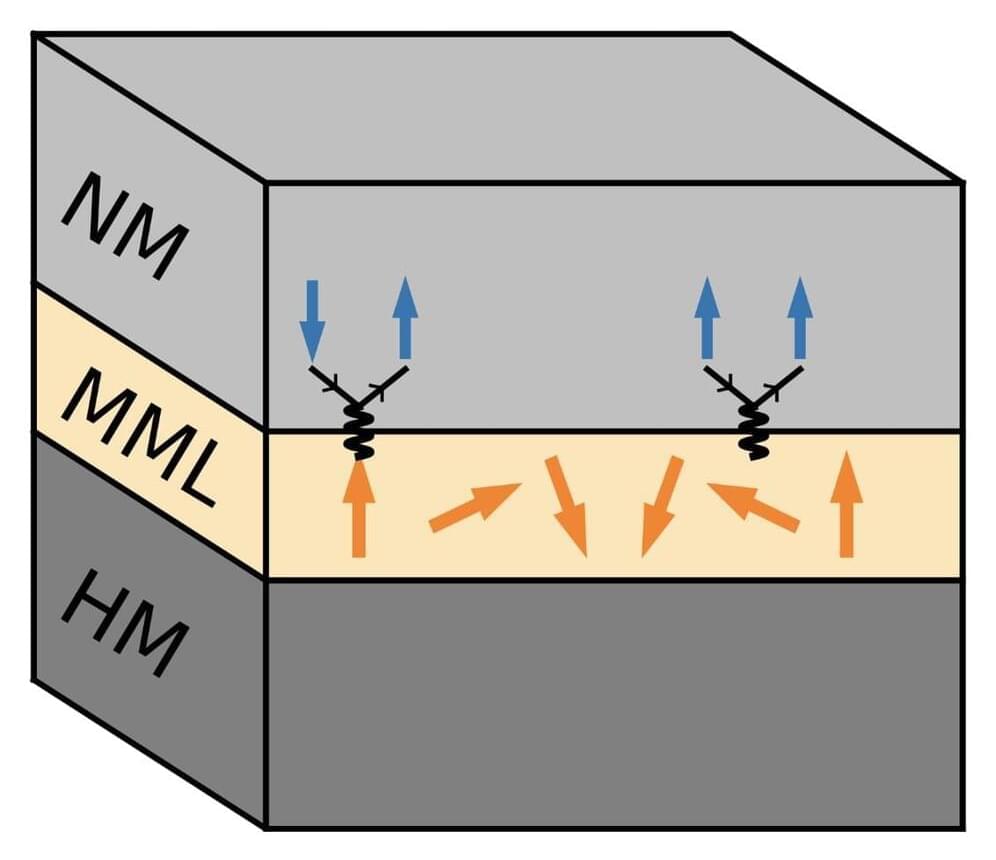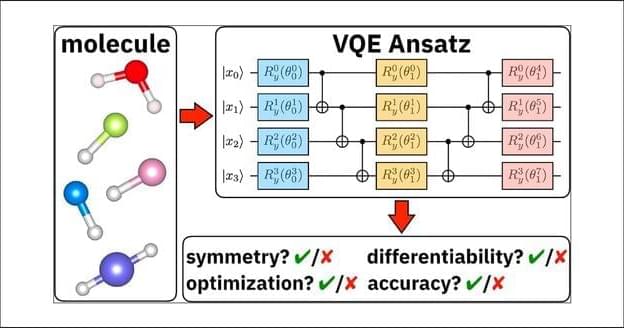Bright graphics, a touchscreen, a speech synthesizer, messaging apps, games, and educational software—no, it’s not your kid’s iPad. This is the mid-1970s, and you’re using PLATO.
Far from its comparatively primitive contemporaries of teletypes and punch cards, PLATO was something else entirely. If you were fortunate enough to be near the University of Illinois Urbana-Champaign (UIUC) around a half-century ago, you just might have gotten a chance to build the future. Many of the computing innovations we treat as commonplace started with this system, and even today, some of PLATO’s capabilities have never been precisely duplicated. Today, we’ll look back on this influential technological testbed and see how you can experience it now.
From space race to Spacewar.








